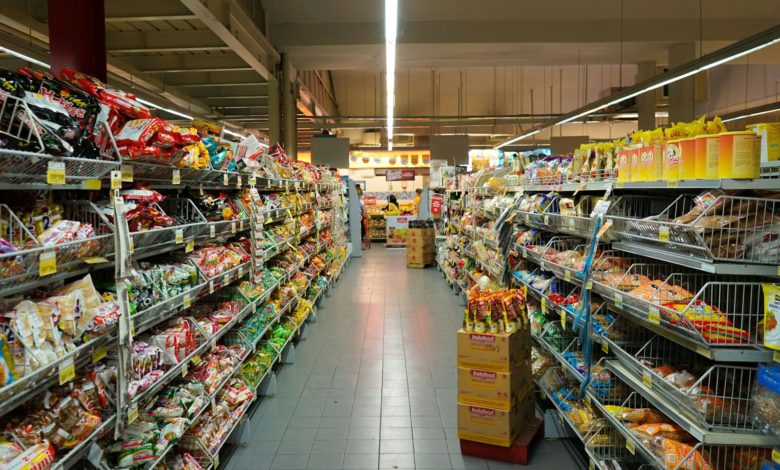Inflation Woes: Household Budgets Are Feeling the Pressure

American wallets are feeling the pressure as inflation continues to linger above the Federal Reserve's target of 2%. While the overall Consumer Price Index (CPI) from the Bureau of Labor Statistics (BLS) showed a 3.2% year-over-year increase in February, exceeding expectations, the breakdown reveals specific areas hitting wallets the hardest.
Price Hikes
Shelter Costs: Finding affordable housing has become a nationwide challenge. The February CPI report revealed a 5.7% year-over-year increase in the shelter index, which means higher rent and housing costs. This ongoing inflation in housing is a major contributor to the overall core inflation reading, a concern for the Fed.
Gas Prices: Relief at the pump was short-lived. After a period of decline, gas prices surged again in February, driven by seasonality and adjustments in refinery operations. The energy index jumped 2.3%, with gasoline prices spiking 3.8% compared to January. This volatility creates uncertainty for consumers budgeting for transportation costs.
Grocery Bills: While overall food prices remained flat month-over-month, the sting of inflation is still felt at the grocery store. Year-over-year, food prices continue to be 2.2% higher, impacting household budgets, especially for those already struggling. Eating out also saw a slight increase, adding to the pressure on wallets.
Other Notable Price Hikes
The BLS report also highlighted increases in several other categories:
- Airline fares: Up 3.6% in February after a 1.4% rise in January.
- Motor vehicle insurance: Up 0.9% over the month.
- Apparel, recreation, and used cars and trucks: All experienced price increases in February.
Consumer Spending
Consumer spending in January 2024 saw a 0.2% increase, according to the Bureau of Economic Analysis (BEA). However, this number doesn't tell the whole story. Inflation is currently at 3.2%, meaning some of this spending increase might simply be people keeping pace with higher prices. They could be buying the same amount of groceries, gas, and other essentials, but at a steeper cost.
To understand the true picture of consumer behavior, economists need real consumer spending data, which adjusts for inflation. This data typically lags, so a clear answer on whether people are actually buying more is still unknown.
The Fed's Decision
With inflation still above the Federal Reserve’s target, they face the challenging task of raising interest rates to curb spending and slow price increases. However, this approach could also dampen economic growth. Upcoming data releases and the Fed's policy decisions in the coming months will be crucial in determining the future trajectory of inflation and the economy's overall health.



